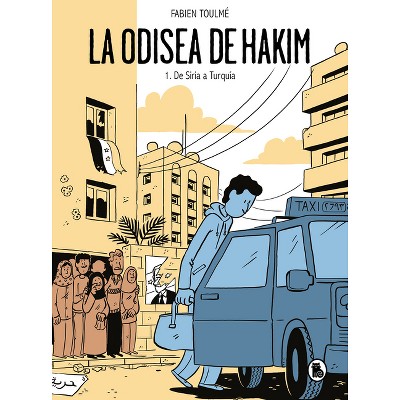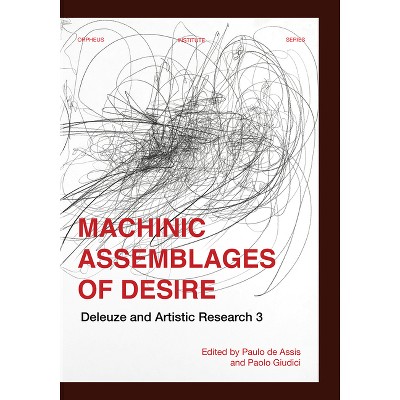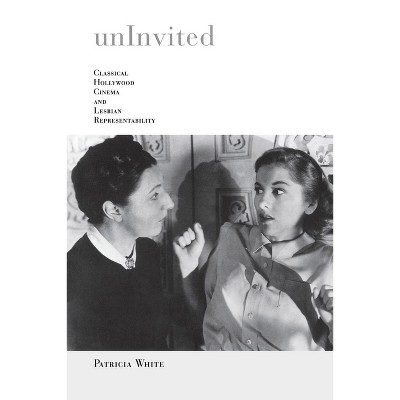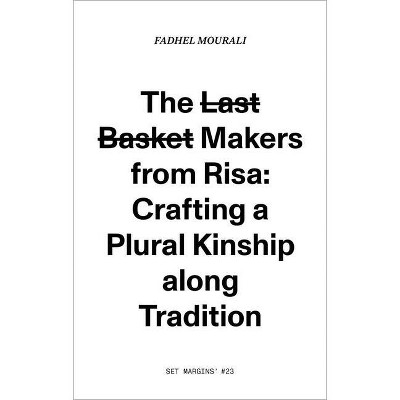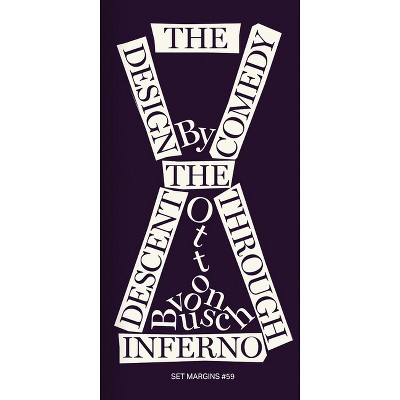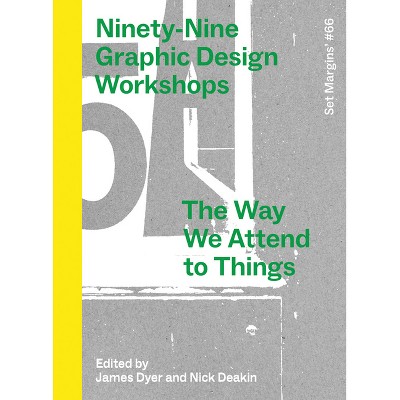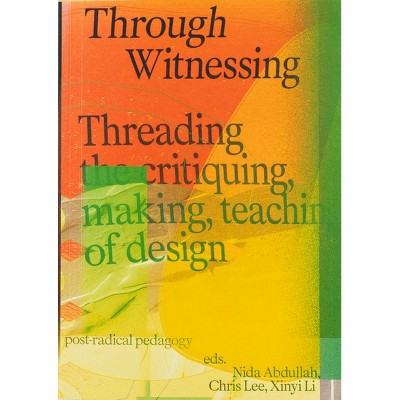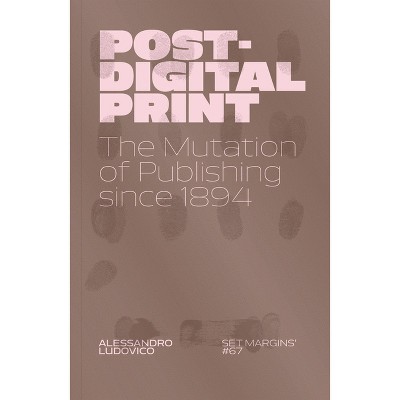Sponsored

Visualization as Assemblage - by Patricio Davila (Paperback)
Pre-order
Sponsored
About this item
Highlights
- How data visualization can be harnessed as a critical design practice as shown through three sociopolitical case studiesVisualization is a form of design practice that deploys representational processes of enormous rhetorical and analytical power.
- Author(s): Patricio Davila
- 240 Pages
- Art, History & Criticism
Description
Book Synopsis
How data visualization can be harnessed as a critical design practice as shown through three sociopolitical case studies
Visualization is a form of design practice that deploys representational processes of enormous rhetorical and analytical power. What is often left out of the picture is the network of processes which it assembles and the nonvisual effects it produces. Building upon the arguments of Latour, Deleuze and Guattari, author Patricio Dávila applies an assemblage framework to three case studies offering distinct instances of critical visualization practices: Liquid Traces (2014), from Forensic Architecture; Anti-Eviction Mapping Project (2013-), from the San Francisco Tenants Union; and In the Air, Tonight (2013-16), from the Public Visualization Lab/Studio. Dávila underscores an ethics of visualization that refocuses criticality on the potential of design to act modestly by revealing its own construction.
Patricio Dávila is a designer, artist, researcher and educator. He is Associate Professor in the Department of Cinema and Media Arts in the School of the Arts, Media, Performance and Design, at York University.
![Bracket [On Sharing] - by Neeraj Bhatia & Maya Przybylski (Paperback)](https://target.scene7.com/is/image/Target/GUEST_4bfabebb-ad20-4162-a56a-176959cd7c5c)

